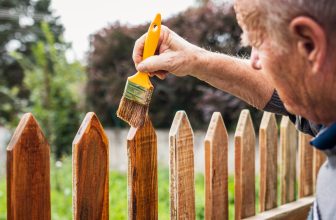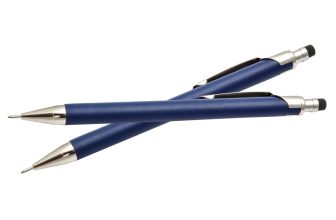Contents
A benchtop drill is a perfect addition to any workshop – whether you are a hobbyist who loves to do DIY projects or own an industrial company that could do with the extra help.
Here is some important stuff that you should know about benchtop drills including what they are in more detail, how they work, and how you can stay safe whilst using them.
Then we will talk about some of the best benchtop drills for woodworking.
Our Top 3
What Is A Benchtop Drill?
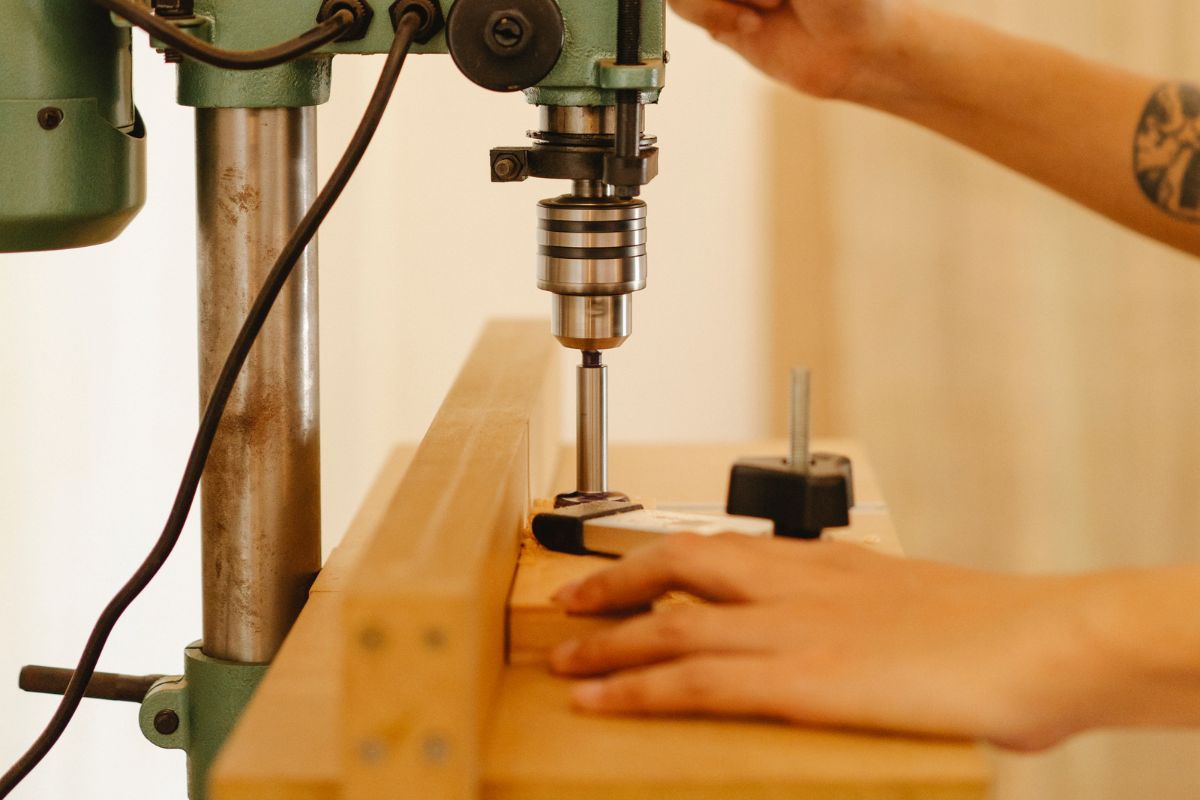
A Bench Drill can also be referred to as a Drill Press or a Pillar Drill. Benchtop drills are to be bolted to a workbench and allow components and materials to be drilled with much greater precision than a handheld drill.
In general, all entry-level bench drills are great for drilling with plastic and wood, but if you want to use the benchtop drill for metalworking, it is worth spending more money on something with more power and speed settings.
You can choose from a wide range of bench drill presses for home or professional use, depending on the intended use and scope of work, with price obviously playing an important role.
Bench drill presses are extremely useful pieces of equipment that can be used both professionally and at home. You can select from a variety of models at various price points.
The type of drill you choose should be determined by the material you intend to work with, the size of the drilled holes, and the anticipated intensity and frequency of use.
How Does A Benchtop Drill Work?
The basic components of all drill presses are the same. They are made up of a head and a motor mounted on a column.
The table in the column can be moved vertically and most of them can also be tilted for angled holes.
The on and off switch, as well as the spindle with the drill chuck, are located on the head. This is raised and lowered by rotating a set of three side handles.
The drill chuck can usually move about three inches up and down. In other words, you can drill a three-inch-deep hole without adjusting the table’s height.
The material is placed on the table and clamped or held in place by hand. The table is then raised to the bit that has been inserted into the drill chuck.
The turning bit’s speed is typically controlled by a series of step belts in the head.
Turn the benchtop drill on and carefully pull one of the handles forward and down to feed the bit into the material. The amount of pressure used is determined by the material being drilled.
Benchtop Drill Safety
Long hair and necklaces are things to avoid when using a drill press.
Because your head is near the spinning drill chuck, hair that is left loose is more at risk of being drawn into the machine than with a hand drill.
When your hair is pulled in, a drill press will not stop working. Many people have been scalped while using the tool with long, loose hair.
The bit also injures people when it grabs the material and makes it fly around or spins it within its grip which can lead to injuries such as a broken wrist.
It will continue to run until you turn off the power or the material flies across the room.
Because of this, it’s critical to either fasten your material down or make sure it’s large enough to hold on to.
Best Benchtop Drills For Woodworking
With an 8-inch swing and a total weight of 22 pounds, this drill press is highly portable and suitable for a wide range of materials, including wood, plastic, metal, and others of low- to mid-density.
This is due to the machine’s capable 1/3 hp motor, which operates at five different speeds to give you complete control over your workpiece.
The adjustable worktable, which can be tilted 45 degrees in either direction, is an added bonus.
With its cast-iron frame, it is extremely sturdy while remaining portable. The 1/2-inch keyed chuck accepts drill bits with diameters ranging from 1/16 to 1/2 inch.
It will easily accept even the best drill bit for pressure-treated wood.
Also available at Bilt Hard Usa.
Those looking for a 10-inch drill press that is reliable while also being able to lift on and off their benchtop should consider this Ryobi model.
It also has variable speeds ranging from 620 to 3,100 rpm and a 12-inch chuck with a travel of 218 inches, allowing this compact machine to handle some larger drilling jobs.
Even with the onboard light turned on, the laser was bright and easy to see. The model also includes a worktable with a crank system, which many smaller drill presses lack.
It does make a noticeable amount of noise, but the compact and lightweight design made it simple to put on and remove from the bench.
Also available at Ebay.
This 1200-watt powered drill press is distinguished from other benchtop drills by its magnetic operation. The drill’s base is electromagnetic, and it can be controlled with an easily accessible switch.
It has a total drilling diameter of 23mm and is compatible with fittings ranging in size from 1.5 to 23mm.
It has a maximum magnetic force of 2920lbs and is powerful enough to easily cut through steel and various other metals.
One disadvantage of this drill press is that it only has a one-speed setting, 500 RPM. As a result, this drill is not recommended for those who value refinement and smoothness in their woodworking.
It is better suited for workshops and garages, as well as other industrial applications.
Also available at Mophorn.
JET tools, including this powerful benchtop drill press, are equally at home in a production setting as they are in a DIY workshop. JET’s J-2530 has a 15-inch throat and a 3/4-horsepower motor for drilling through tough materials.
When the user needs it out of the way, the worktable can tilt 45 degrees left and right and swivels up to 360 degrees. There are 16 speeds to adjust from 200 to 3,630 rpm.
It has 338-inch travel to go along with its wide throat. It also has an oversized on/off switch and a guard.
Furthermore, the heavy-duty motor can handle various materials with varying thickness and toughness.
The only real drawbacks to this model are its high price and weight, as it weighs 150 pounds.
Also available at Jettools.
WEN’s 4208 drill press crams a lot of features into a small package with a low price tag. This drill press has five speeds and an 8-inch throat size that is sufficient for most projects.
The worktable tilts up to 45 degrees to the left or right and has 2 inches of travel. The 1/3-horsepower motor may appear light by industrial standards, but those at home will likely find it adequate.
This WEN model was one of the simplest to put together. It is lightweight and compact, making it easy to pick up and move.
While it lacks a crank to raise and lower the worktable, the low price tag allows for some leeway.
Also available at WEN.
Buyer’s Guide
Model
Before looking for the best drill press for woodworking, you should be aware of the various model types available. Drills are classified into two types: benchtop and floor models.
Because of their small form factor and lightweight, bench-top model types are easy to transport. Floor models, on the other hand, tend to be heavier.
However, you should also consider the extra features that floor models provide, such as increased power and drilling capacity.
Drill Size
Benchtop drills are measured by doubling the distance between the bit and the machine’s support stand. This is known as the drill swing, and it represents the largest diameter piece that the drill can withstand.
A drill of 7.5 inches in length between the stand and the bit, for example, is a 15-inch drill press.
Spindle
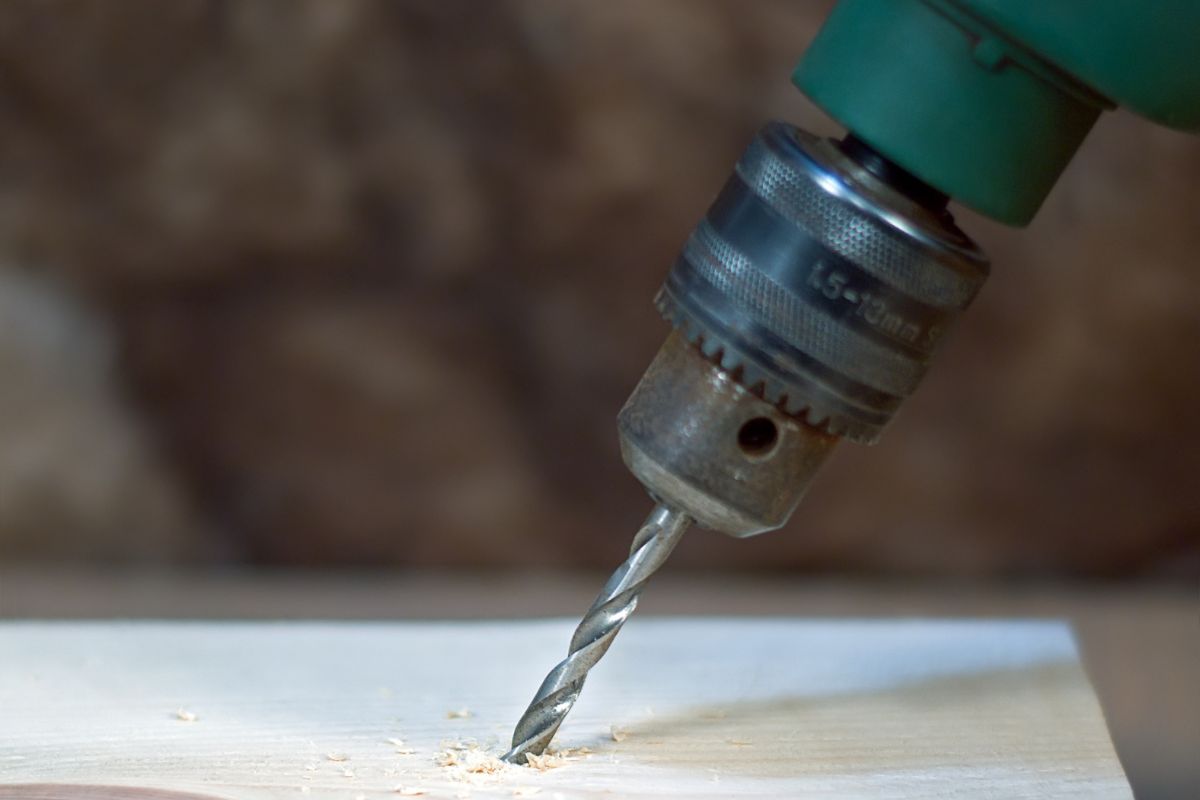
One feature to pay close attention to is the drill’s spindle handle movement. This will determine how far you can delve into your work material.
If you intend to drill through thick objects, choose a drill press with an easily accessible and adjustable spindle handle that will let you do this.
Speed
The majority of benchtop drills have variable speed drilling, which is measured in revolutions per minute which are known as RPMs.
RPMs are important when drilling different materials because some require low RPMs while others require high RPMs.
Power
Calculating the power consumption in watts is the quickest way to determine how much power you will get from the drill. Whichever drill you purchase will have listed amp and volt numbers.
The wattage value is obtained by multiplying these two figures.
To get the correct watt value, you must consider the material to be drilled. The higher your watt value, the more power you will receive.
As a result, having more power allows you to drill through tough objects more easily.
If you are putting together a do-it-yourself home workshop, you should consider which bench drill press you will need.
One thing is certain: a powerful and professional drill designed for intensive use with hard materials is not required for occasional odd jobs around the house.
Equipment with a power output of 300 – 600 watts will suffice for strictly home use.
Professional users require tools that are both universal and powerful. Industrial bench drill presses have motors that are designed for extended and intensive use.
However, in this case, the user’s level of work comfort is also very important, so pay attention to the design in addition to the above parameters.
It should be solid and heavy, with a sturdy base, to ensure that the machine is stable enough to be used safely.
Features And Attachments
Benchtop drill presses come with a plethora of useful features and attachments.
Even those who are experienced with drill presses can benefit from some pointers now and then.
Getting a drill press with an onboard light will allow them to see better in the dark corners of a workshop, resulting in more accurate drilling.
To take your drill press game to the next level, look for a model with a laser guide. The guides are frequently in the shape of crosshairs that align with the exact location of the drill bit point on the workpiece.
It makes it more straightforward to pinpoint every drop of the drill press once it has been adjusted.
Extendable arms allow the drill press to allow materials of different sizes by pulling out or in based on the width of the material.
Safety
Because the bit of a benchtop drill press is housed and used in the open, it is critical to exercise caution when using the tool.
A selection of benchtop drill presses include features such as bump-off switches and safety keys to help users operate the product safely.
These features are especially important if you are conducting the drill in the presence of small children.
Price
You’re probably aware that woodworking drill presses aren’t cheap. As a result, before you begin researching your options, you should consider your budget.
Those of you looking for a drill press to meet your professional needs should budget between $500 and $1500.
Drill presses in this price range are designed to be used for extended periods of time and are equipped with extremely powerful motors.
Frequently Asked Questions
Should I Get A Benchtop Or Floor Drill Press?
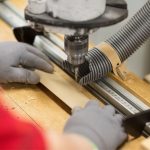
Someone working in their garage may struggle to find the space, extra money, or need to purchase a floor drill press.
It is the better option if woodworking is a passion for you and are able to use a benchtop drill press for your projects.
A benchtop unit is more practical if you don’t require extremely high precision, repeatability, or any other features that a professional shop might require.
How Do You Change The Speed On A Benchtop Drill?
Most drill presses require adjusting belts in the head to change the speed. When you open the top, you’ll notice a series of two to three step-pulleys.
A chart demonstrating each possible configuration of the belts on the step pulley will also be located at the top of the drill press compartment. Each configuration results in a different drill press speed.
Once the belts are in the proper position, push the motor back in as far as possible from the front of the drill. This puts strain on the belts.
Retighten the side handle while pushing back. Shut the lid to keep a snagged belt from shooting out if it snaps.
How Deep Do Benchtop Drills Go?
A benchtop drill can typically drill down between two to four inches.
They are much more compact and weigh less than floor drill presses, making it easier to lift them to the benchtop and move them between workbenches in your space.
Larger floor drill presses, on the other hand, can drill to a depth of four to six inches. Because of their larger and more powerful motors, they can drill larger holes into much tougher materials.
Summary
There are a lot of benchtop drills out there that you can choose from, and now that you know how useful they are in every workshop, there is no doubt that you will now be on the hunt for one.
Keep in mind the things that we mentioned in the buyer’s guide so that you get the best benchtop drill for your needs.
You do not have to empty your bank account for a benchtop drill as there are plenty out there that are budget-friendly while being high quality; you have to know where to look!










